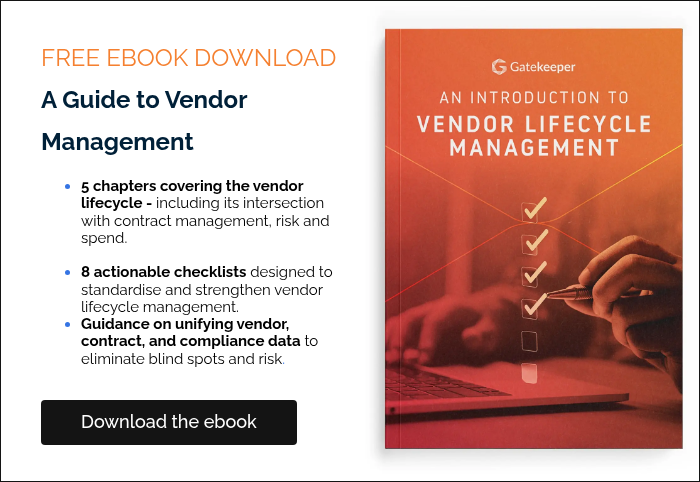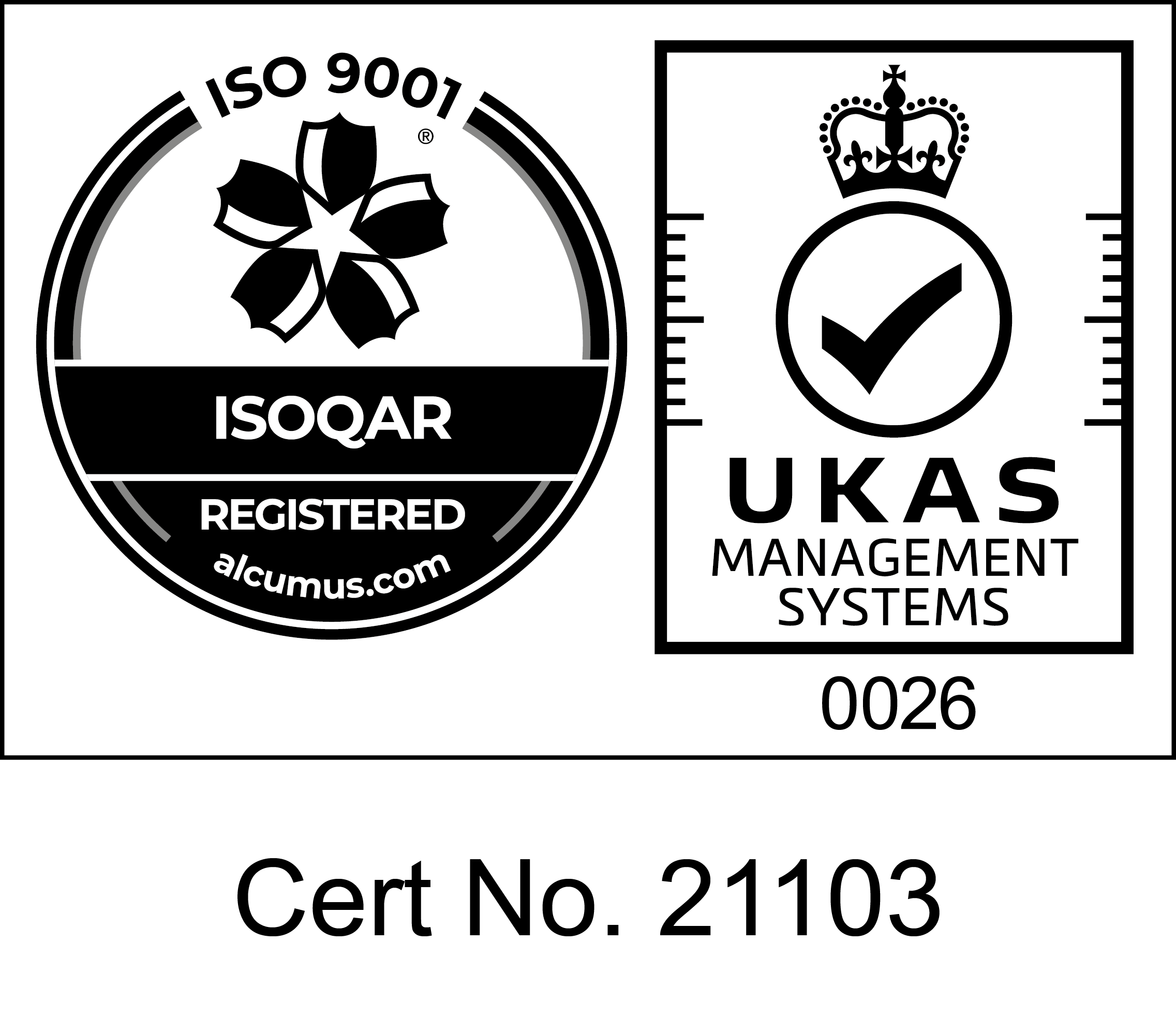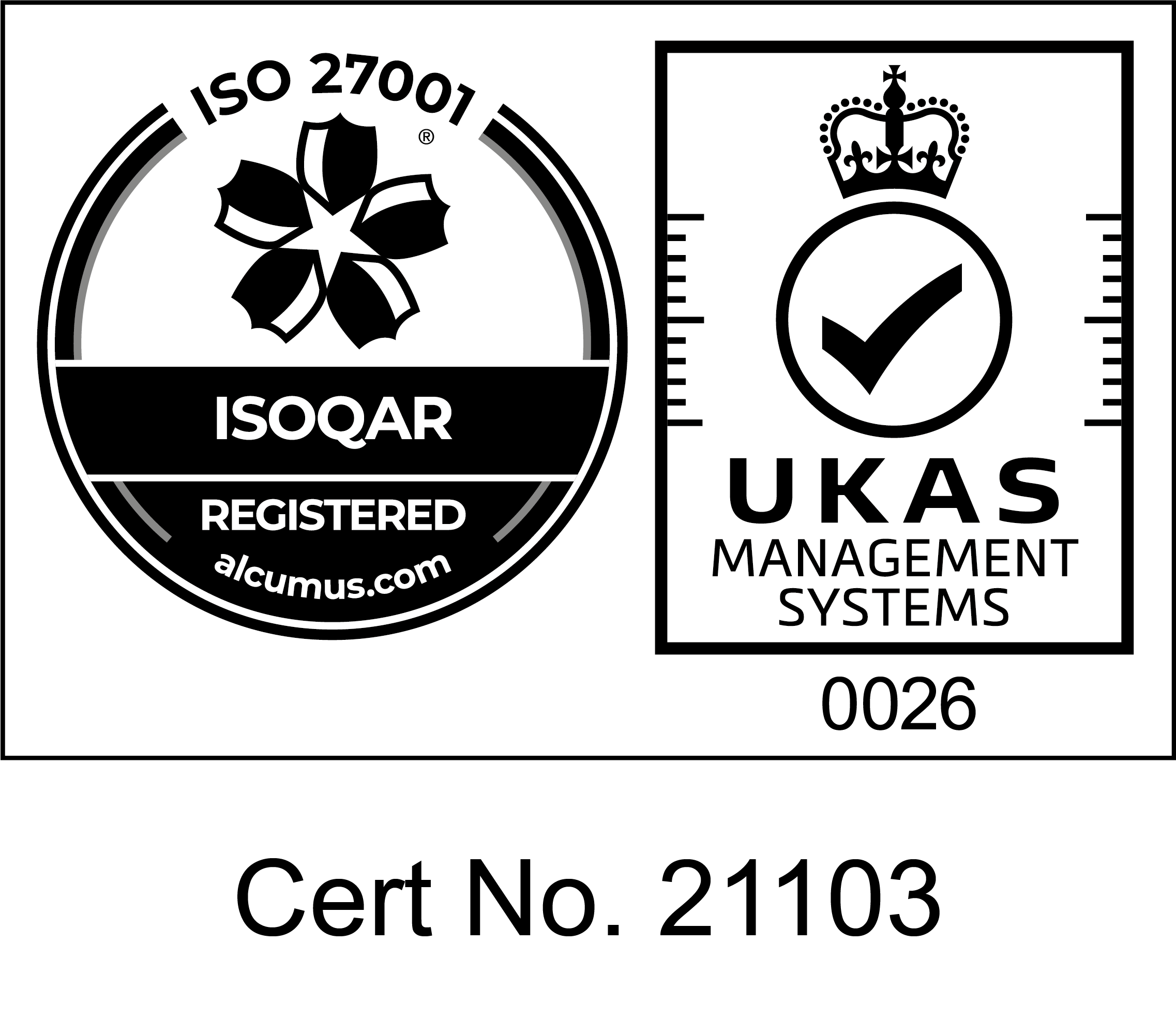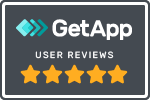Procurement and vendor management teams in regulated industries face unique challenges in managing vendor relationships.
You must maintain compliance with stringent regulations, mitigate risks and drive operational efficiency - all while ensuring your vendors are fulfilling their contractual obligations. With immature processes, technology and vendor management programs in place, you're left with too many plates to spin.
We've created this guide to help you navigate:
What is vendor management?
Traditional vendor management challenges
What is an effective vendor management process?
Benefits of modernising your processes with a Vendor and Contract Lifecycle (VCLM) platform
What is vendor management?
Vendor management is the process used to oversee, strengthen and maximise the value of relationships with your vendors. It involves tasks such as:
- Vendor sourcing, appraisal and contract negotiation
- Contract creation and agreement
- Reporting and KPI tracking
- Arranging and conducting QBRs
- Setting mutually beneficial business goals
- Compliance monitoring and security testing
- Risk mitigation
- Recording escalation processes and key contacts
- Resolving disputes
Effective vendor management isn't just about having vendors and interacting with them. It is a proactive strategy that helps you get the most value from your vendors, reduce business disruption, maximise return on investment, and achieve your business goals.
Traditional vendor management challenges
Procurement teams in regulated industries often grapple with various challenges in traditional vendor management approaches, each with potentially severe consequences if left unaddressed. They include:
- Manual, paper-based processes: Procurement teams waste valuable time and resources on administrative tasks, leading to missed deadlines, compliance breaches, and increased operational costs. Manual processes increase the risk of data inaccuracies and audit failures, jeopardising regulatory compliance and tarnishing the organisation's reputation.
- Lack of Centralised Visibility and Control: Important vendor information and contracts are scattered across disparate systems and documents, making it challenging to track vendor performance, monitor compliance status, and identify potential risks. This lack of visibility increases the likelihood of contract discrepancies, missed renewal dates, and regulatory non-compliance, exposing your organisation to financial penalties, legal liabilities, and reputational damage.
- Inability to Monitor Risks and Safeguard Compliance: Without systematic vendor risk assessment and monitoring capabilities, procurement teams struggle to identify, assess, and mitigate vendor risks effectively. Businesses may encounter supply chain disruptions, quality issues, data breaches, and compliance failures, resulting in revenue loss, customer dissatisfaction, and regulatory scrutiny.
- Limited Scalability and Agility: Using a combination of spreadsheets, shared drives and emails lacks the scalability and agility required to adapt to evolving regulatory requirements and market dynamics. This lack of scalability hampers innovation, competitiveness, and agility, which could reduce competitive advantage and vendors' willingness to work with the business.
Tom Rogers, Founder & CEO at Vendor Centric explains in our podcast below "while vendor management is essential, manual processes can be time-consuming and prone to errors". Watch the video to learn how to overcome these challenges.
What is an effective vendor management process?
Procurement teams need to manage their vendors end-to-end if they are to mitigate risks throughout the length of the relationship. Let's break it down:
1. Research and Selection
The research and selection stage lays the foundation for successful vendor relationships.
Carefully evaluate potential vendors based on criteria such as compliance with regulatory requirements, financial and cyber stability, track record, and capability to meet specific business needs.
Selecting viable vendors from the outset reduces the risk of non-compliance, performance issues, and operational disruptions further down the line.
2. Contract Negotiation and Vendor OnboardingContract negotiation and onboarding are crucial in formalising the vendor relationship and setting clear expectations.
Procurement teams negotiate favourable terms, establish service level agreements (SLAs), and ensure compliance with legal and regulatory requirements.
Effective onboarding ensures that vendors understand their obligations, roles, and responsibilities. It lays the groundwork for successful partnerships and minimises misunderstandings or disputes.
3. Performance MonitoringContinuous performance monitoring allows procurement teams to assess vendor performance against predefined KPIs and SLAs.
Monitoring performance helps identify areas for improvement, address issues proactively, and ensure that vendors deliver quality products or services as outlined in the contract.
It also provides insights into vendor reliability, responsiveness, and contribution to business objectives - informing renewal or consolidation decisions later.
4. Risk ManagementProcurement teams must work with contract owners and the legal team to identify, assess, and mitigate risks.
They should focus on financial instability, data security breaches, supply chain disruptions, or non-compliance with regulatory requirements.Implementing risk management strategies helps safeguard the organisation against operational, financial, and reputational risks, ensuring business continuity and resilience.
5. Offboarding or Renewal
Offboarding or renewal mark either the conclusion of the vendor relationship or the beginning of a new contract term.
Procurement teams need to offboard underperforming vendors while renewing contracts with high-performing ones after reviewing overall performance.
Proper offboarding ensures a smooth transition, protects sensitive data, and minimises disruption to operations, while renewals offer the opportunity to renegotiate more competitive terms.
Benefits of modernising vendor management Processes
Modernising your vendor management processes with a VCLM platform from Gatekeeper offers numerous benefits compared to relying on manual processes. The benefits include:
- Creating a Single Source of Truth: Gatekeeper's VCLM platform provides a centralised repository for vendor data, contracts, and compliance documents, offering procurement professionals easy access and visibility into critical information. This eliminates the need for disparate systems and manual document management, reducing the risk of data inaccuracies, version control issues, and audit failures.
- Enhanced Efficiency and Productivity: A VCLM platform automates time-consuming manual tasks such as vendor onboarding, contract creation, approval routing, and compliance tracking. Gatekeeper's Vendor Portal and Workflow Engine streamline processes, reduce administrative burdens, and improve productivity, allowing procurement teams to focus on strategic activities and value-added tasks
- Safeguarded Compliance and Risk Management: VCLM platforms offers due diligence forms, custom fields and configurable workflows to ensure vendor compliance with regulatory requirements, industry standards, and internal policies. Automated compliance checks and alerts for finance and cyber health via the Market IQ Suite help mitigate risks and minimise the potential for regulatory violations, fines, or legal liabilities.
- Scalability and Flexibility: VCLM platforms accommodate the unique needs and evolving requirements of regulated businesses. Configurable workflows, user permissions, and reporting capabilities enable organisations to adapt the platform to changing business environments and regulatory landscapes - all while being able to deliver required evidence to internal and external auditors.
- Ongoing Risk Assessment and Monitoring: Gatekeeper's VCLM platform delivers real-time risk monitoring, and customisable risk scoring methodologies to proactively identify, assess, and mitigate supplier risks. Automated alerts and risk dashboards provide procurement professionals with actionable insights into vendor performance, compliance status, and risk exposure, enabling informed decision-making and risk mitigation strategies.
Krupa Patel, Global Head of Procurement at Funding Circle shares: "Gatekeeper gives us excellent control and visibility of spend, which we have never had before. We have been able to terminate contracts that no longer serve us with a total value of circa £1m”.
Wrap Up
By embracing advanced technology and automation, your organisation can unlock efficiency, compliance, visibility, scalability, and risk management capabilities. These are all essential for success when managing your vendors and the supply chain.
As regulated industries evolve and face new challenges, Gatekeeper's VCLM platform provides the agility, flexibility, and innovation needed to stay ahead and achieve long-term success.
If you're ready to enhance your vendor management processes, book your personalised demo with our specialists today.

























%20(1).png)